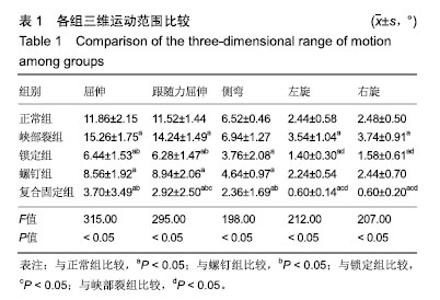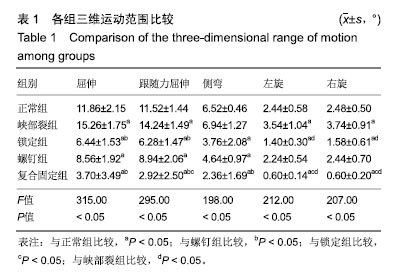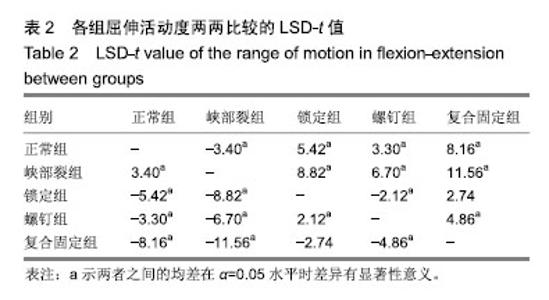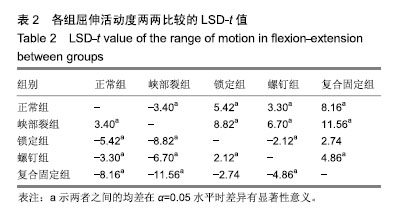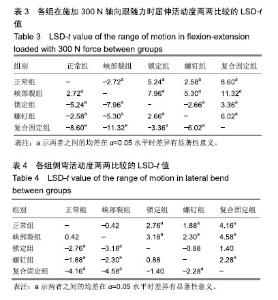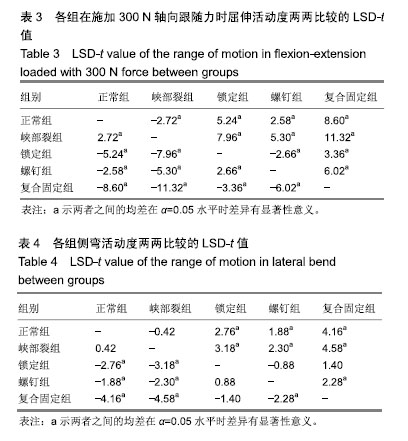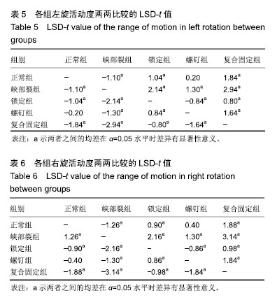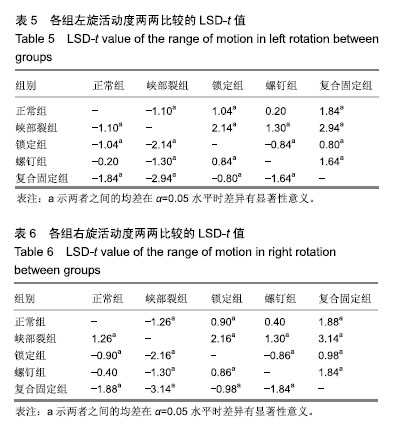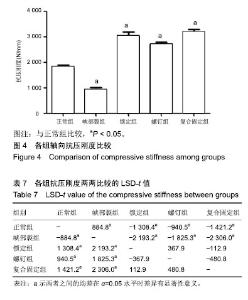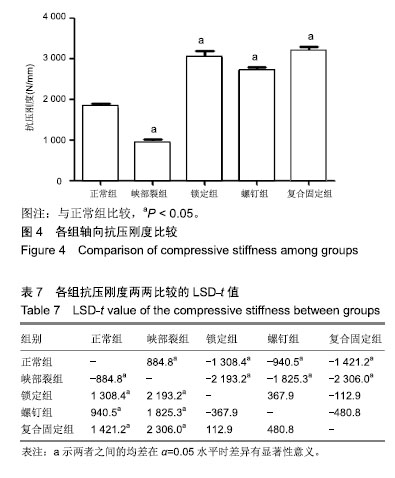| [1]梁昌详,昌耘冰,顾宏林,等.动态内固定Coflex系统治疗腰椎退变性疾病:椎间孔高度恢复与疗效[J].中国组织工程研究, 2014, 18(13):2065-2070. [2]Hallett A,Huntley JS,Gibson JN.Foraminal stenosis and single-evel degenerative disc disease:a randomized controlled trial comparing decomoression with decomprssion and instrumented fusion.Spine. 2007|32:1375-1380.[3]Kepler CK, Anthony LY, Gruskay JA, et al. Comparison of open and minimally invasive techniques for posterior lumbar instrumentation and fusion after open anterior lumbar interbody fusion. Spine J. 2013;13(5):489-497. [4]Foley KT, Holly LT, Schwender JD. Minimally invasive lumbar fusion. Spine. 2003;28(15S): S26-S35. [5]Zdeblick TA,Nachemson A,Obrien JP.Lumbar disc disease with discogenic pain.What surgical treatment is Most effective? Spine. 1996;21(15):1835-1838.[6]Goldstein CL, Phillips FM, Rampersaud YR. Comparative effectiveness and economic evaluations of open versus minimally invasive posterior or transforaminal lumbar interbody fusion. Spine. 2016; 41(1): S74-S89. [7]舒小林,宋西正.AxiaLIF在腰骶椎融合治疗中的应用[J].中国组织工程研究,2018,22(3):456-463.[8]Ahn J, Tabaraee E, Singh K. Minimally invasive transforaminal lumbar interbody fusion. J Spinal Disord Tech. 2015;28(6): 222-225. [9]Cragg A, Carl A, Casteneda F, et al. New percutaneous access method for minimally invasive anterior lumbosacral surgery. J Spinal Disord Tech. 2004;17(1): 21-28. [10]马向阳.腰骶椎带锁轴向融合固定的影像学研究[D].衡阳:南华大学,2013.[11]田伟.脊柱与关节退行性疾病流行病学现状与诊疗发展[J].骨科临床与研究杂志,2016,1(1):1-3.[12]Watanabe K.Treatment for patients with Charcot-Marie-Tooth disease: orthopaedic aspects.Brain Nerve. 2016;68(1) :51-57.[13]Tsantrizos A, Ito K, Aebi M, et al. Internal strains in healthy and degenerated lumbar intervertebral discs. Spine. 2005; 30(19): 2129-2137.[14]丁自海,杜心如.脊柱外科临床解剖学[M]. 济南:山东科学技术出版社,2008:25.[15]Mihara H,Onari K,Cheng BC,et al.The biomechanical effects of spondylolysis and its treatment. Spine (Phila Pa 1976). 2003;28(3):235-238.[16]Justin KS,Bakhsheshian J,Fakurnejad S,et al. Evidence based medicine of traumatic thoracolumbar burst fract ures:A systematic review of operative management across 20 years. Global Spine J. 2015;5(1):73-82.[17]Crisco JJ.The biomechanicsal stability of the human lumbar spine: experimental and theoretical investigations]. USA: Yale university,1989.[18]Stanley SK, Ghanayem AJ, Voronov LI, et al. Flexion-extension response of the thoracolumbar spine under compressive follower preload.Spine (Phila Pa 1976). 2004; 29(22):E510-514.[19]谢勇,晏怡果.离体脊柱生物力学测试的加载方法研究进展[J].医用生物力学,2018,33(2):174-180.[20]Bell KM,Hartman RA,Gilbertson LG,et al.In vitro spine testing using a robot-based testing system: comparison of displacement control and “hybrid control”.J Biomech. 2013; 46(10): 1663-1669.[21]Goel VK,Wilder DG,Pope MH,et al. Biomechanical testing of the spine.Load-controlled versus displacementcontrolled analysis. Spine ( Phila Pa 1976).1995;20(21): 2354-2357.[22]McAfeePC, Farey ID, Sutterlin TC. Theeffects of spinal implant rigidity on vertebral bonedensity: Acanine model. Spine. 1991;16:190-197.[23]Tai CL,Hsieh PH,Chen WP,et al. Biomechanical comparison of lumbar spine instability between laminectomy and bilateral laminotomy for spinal stenosis syndrome.An experimental study in porcine model. BMC Musculoskelet Disord. 2008;9(1): 1-9.[24]易新,宋西正.腰骶椎带锁轴向融合内固定器的有限元分析[J].中国组织工程研究,2018,22(31):4982-4986. |
